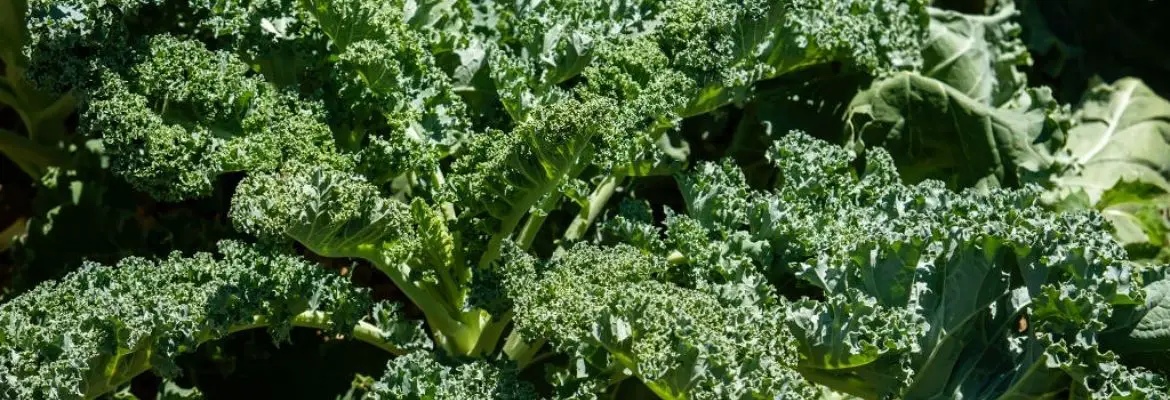Kale is a leafy, non-heading species of wild cabbage that comes in a variety of colours, shapes, and sizes, including blue-green, yellow-green, white, red, and purple.
Some cultivars have flat leaves, while others have frilly leaves. Cultivars are classified according to their stem length and leaf shape.
Standard Kale, found in grocery stores, has broad pale to dark green leaves with ruffled edges and long stems. As it matures, it becomes hard and fibrous, but when young, it can be used for raw salad greens.
While the pale green leaves are chewy but succulent, the stems are tough and typically removed.
Kale may be spicy, sweet, or bitter, depending on the variety. The general flavour of Kale is earthy with a nutty sweetness that is highlighted when cooked.
Kale is a powerful antioxidant and a source of vitamins A, E, K, and B, especially folate. Protein and iron are found in moderate amounts, and vitamin C is higher than in other leafy green vegetables.
Additionally, gram for gram, kale contains more calcium than a cup of milk.
Kale phytochemicals may even suppress cancer cell growth, according to research.
Kale, like other cruciferous vegetables, contains substances that can interfere with thyroid function. So, you shouldn’t consume too much raw kale. However, when you cook Kale, these substances become inactive, so if you have thyroid problems, you’re better off eating cooked Kale.
Even when we consume modest amounts of Kale on a daily basis, such as a handful, most of us are fine.
Scientific name of Kale
Brassica Oleracea
Other names of Kale
- Borecole
- Leaf Cabbage
- Karam Saag
Nutrition facts of Kale
*Serving size = 100 grams = 3.55 Ounces = 1/2 cup
*DV= % Daily Value (%DV indicates how much nutrients contribute to a person’s daily diet from a serving of a food. DV assists you in determining whether or not a serving of food is high or low in a particular nutrient.)
| Nutrient | Amount | Unit | DV |
|---|---|---|---|
| Calories | 35 | KCAL | |
| Fat | 1.49 | GRAM | 2% |
| Protein | 2.92 | GRAM | 6% |
| Carbohydrate | 4.42 | GRAM | 2% |
Calories by source in Kale:
- Calories by carbohydrate in Kale = 45%
- Calories by fat in Kale = 35%
- Calories by protein in Kale = 20%
Fats and Fatty Acid profile of Kale:
- Polyunsaturated fat (PUFA) in Kale = 70%
- Saturated fat (SFA) in Kale = 19%
- Monounsaturated fat (MUFA) in Kale = 11%
Detailed vitamin profile of Kale, vitamin A, vitamin B12, vitamin B6, vitamin C, vitamin D, Folate, Niacin, Thiamin, and Riboflavin is shown in the chart at the end of the article.
Detailed mineral profile of Kale, Sodium(Na), Calcium(Ca), Copper(Cu), Iron(Fe), Magnesium(Mg), Selenium(Se), Phosphorus(P), Potassium(K) and Zinc(Zn) is shown the chart at the end of the article.
Availability of Kale
- Kale is available round the year. Peak season in winter.
Complete nutrition facts of Kale
Click on the link HERE to download high quality, high resolution and print ready PDF version of the Kale nutrition chart/infographic.



